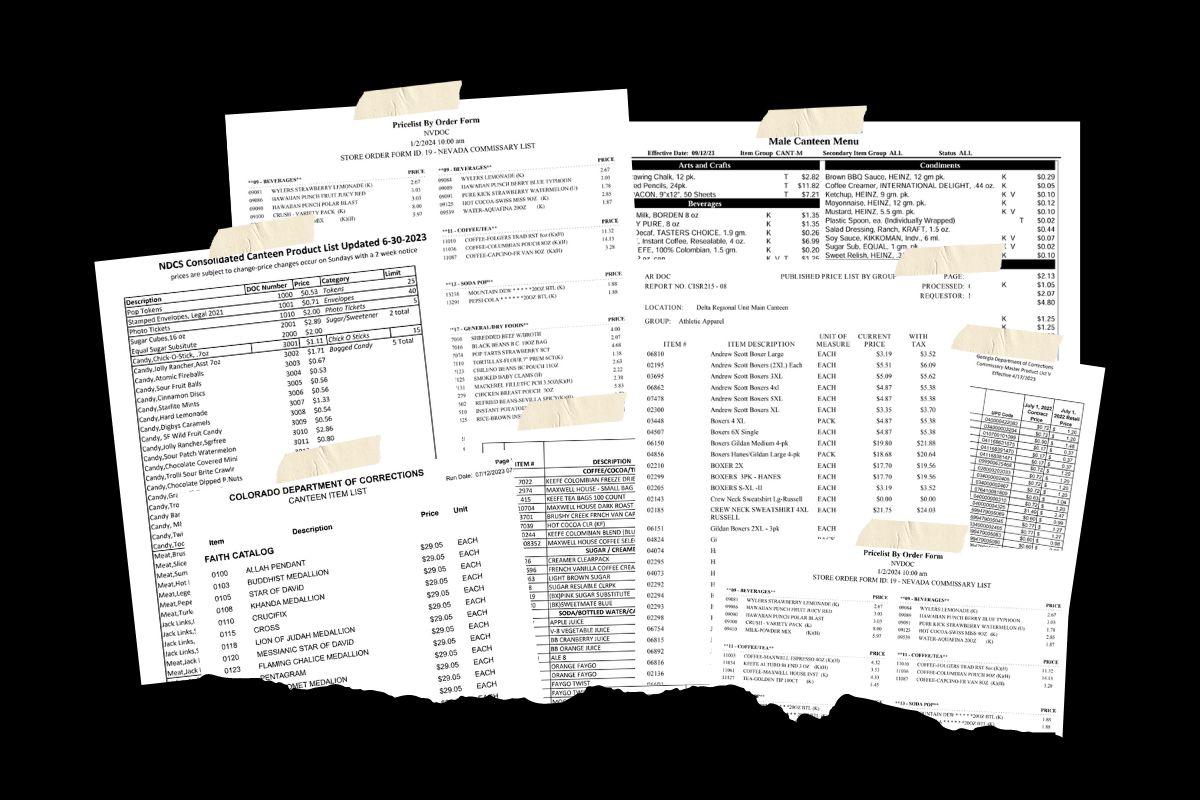How We Built a Database of Prison Commissary Prices

🌈 Abstract
The article discusses The Appeal's 9-month investigation to create the first national database of prison commissary prices, covering 46 U.S. states. The database includes:
- Commissary Lists: Links to 46 states' commissary lists
- Summary Data: Cost of basic food, hygiene, and other items by state
- Detailed Price Information: Prices for 24 different products, broken down by prison and housing unit
The article explains how the commissary lists were obtained, how the items were selected for comparison, and the challenges in comparing prices across states. It also discusses the states that are missing from the database due to various reasons.
🙋 Q&A
[01] How We Built a Database of Prison Commissary Prices
1. What were the key steps involved in building the database?
- The Appeal requested copies of prison commissary price lists and vendor contracts from all state prison systems, obtaining over 10,000 pages of records from 46 states.
- They selected comparable food, personal care/hygiene, and religious items available in many prisons to include in the database.
- To compare prices across states, they chose the lowest price offered for each product, as well as a widely available brand-name version, to contextualize the prices.
2. Why are some states missing from the database?
- Louisiana and New York did not provide the requested commissary lists, even after public records requests.
- Tennessee and Alabama only accept public records requests from residents of those states.
- The Mississippi Department of Corrections (MDOC) charged nearly $500 in fees to fulfill the request, which The Appeal could not afford to pay.
3. How will the database be updated going forward?
- The database was published on April 17, 2024 and will continue to be updated as The Appeal receives additional and updated commissary lists.
[02] Inside The Appeal's 9-month investigation
1. What were the key findings of The Appeal's investigation?
- The investigation revealed the exploitative and inconsistent pricing systems of prison commissaries, with significant markups and cost differences compared to community prices.
- The database includes maps and visualizations that illustrate how prices differ across the country.
2. What were the challenges in compiling the database?
- The inconsistency of commissary offerings made it difficult to compare specific products across states, as each state may carry different sizes or brands.
- Some states do not have a centralized commissary list, meaning each prison within the state may offer different prices for products.
- Prices often differed depending on the flavor, individual prison unit, or facility, even for popular items like ramen.
3. How did The Appeal address the challenges in comparing prices?
- They chose the lowest price offered for each product, even if it wasn't available at all facilities in the state.
- They compared a widely available brand of each product to contextualize how prices for incarcerated people compare to community prices.
- They specified the brand and flavor when known, to provide more detailed information.